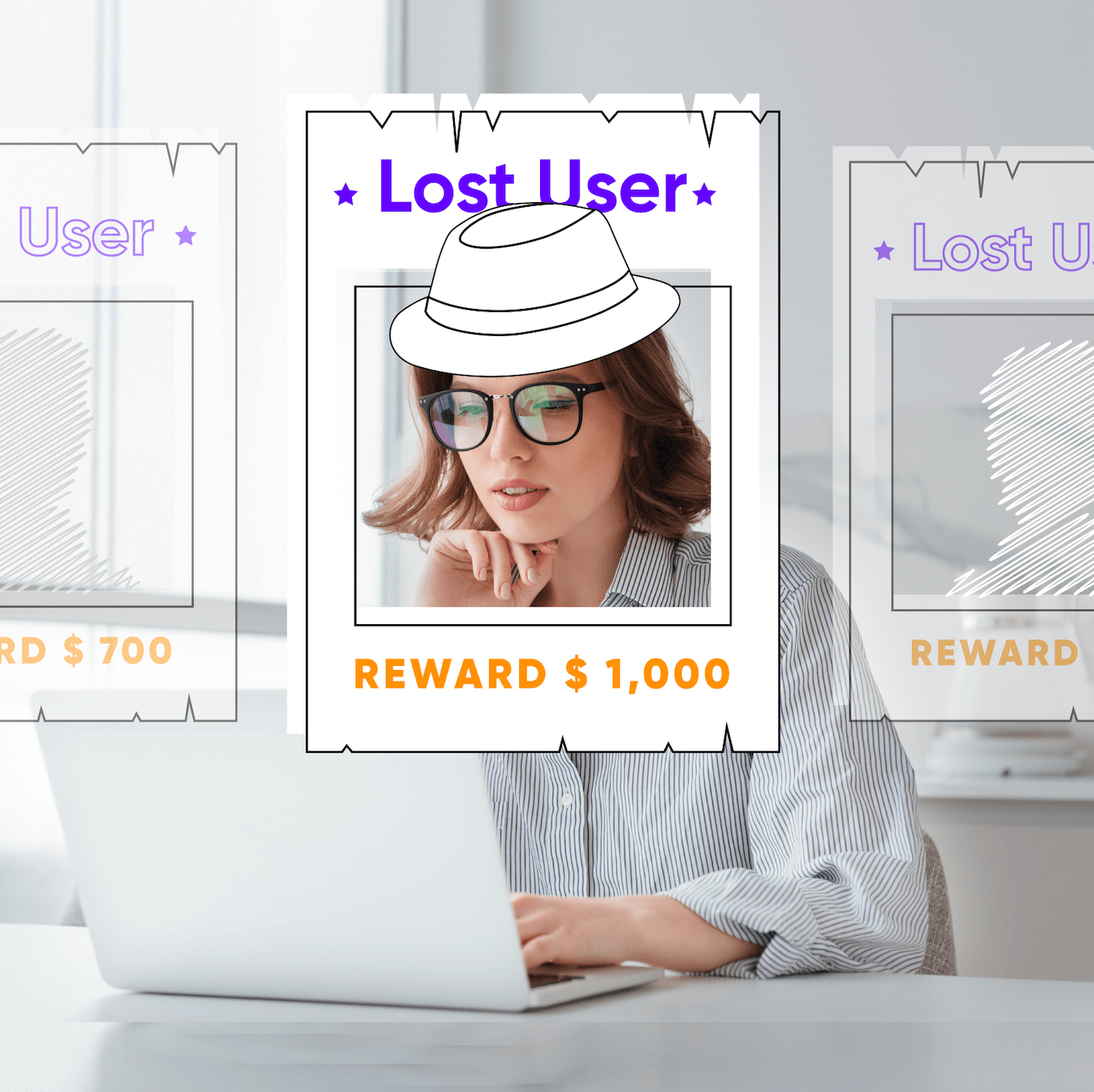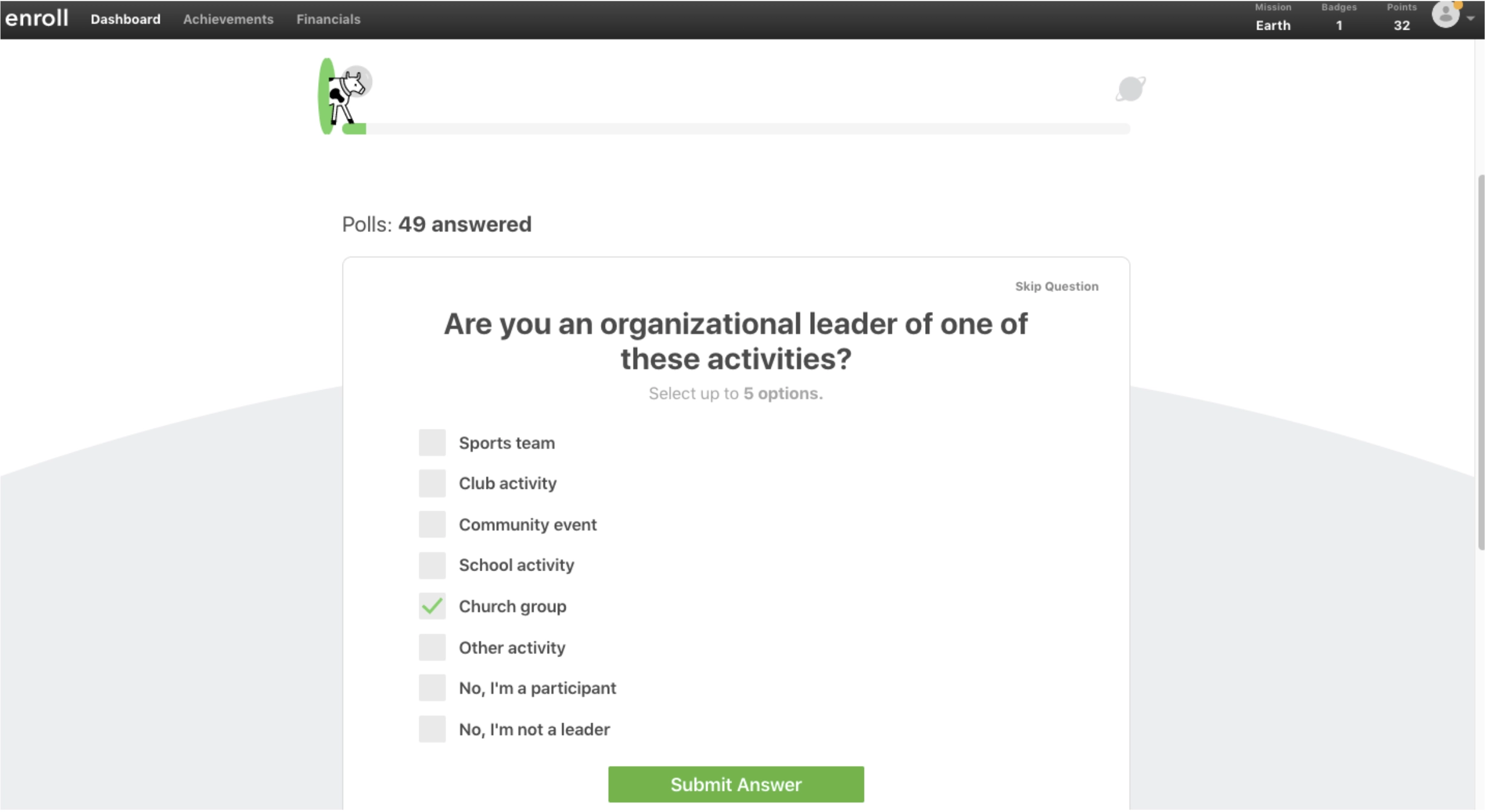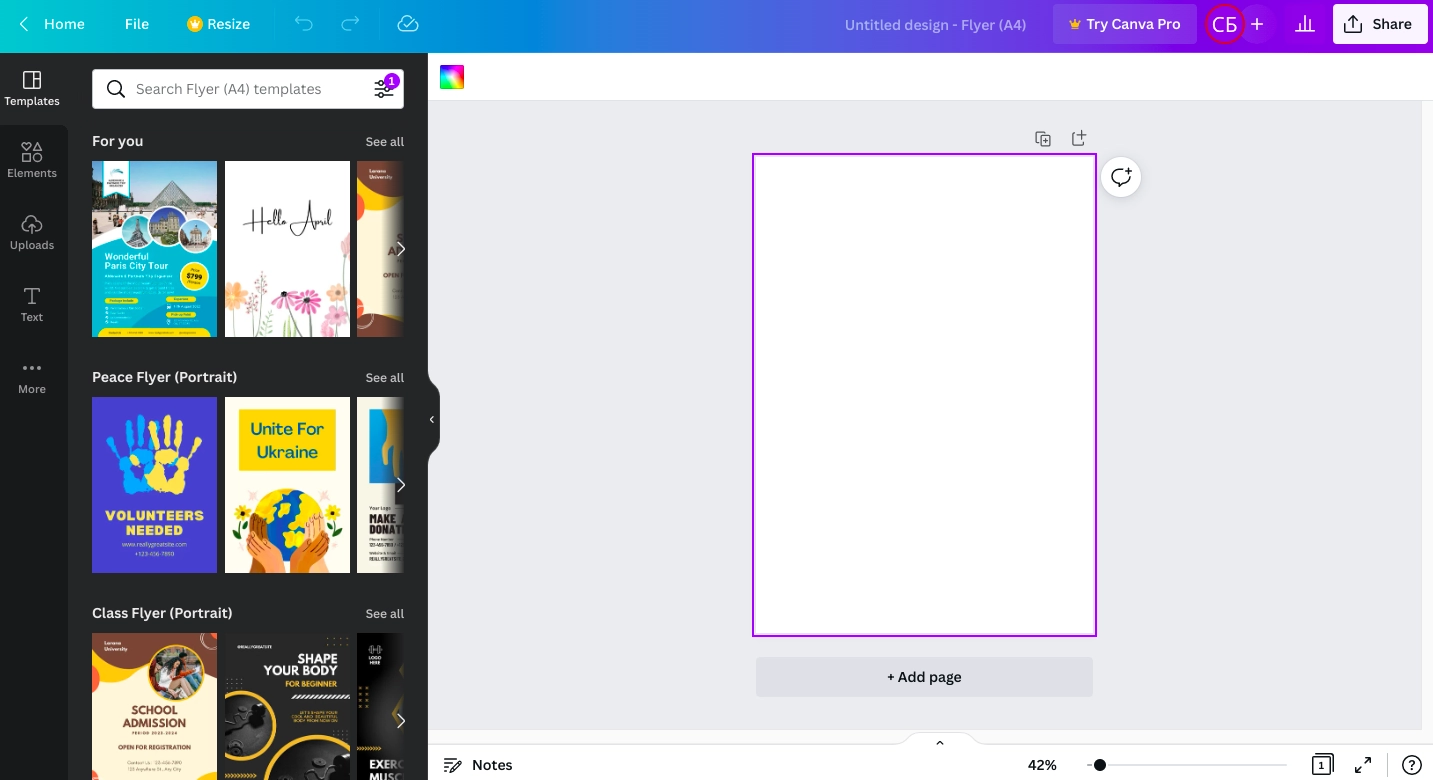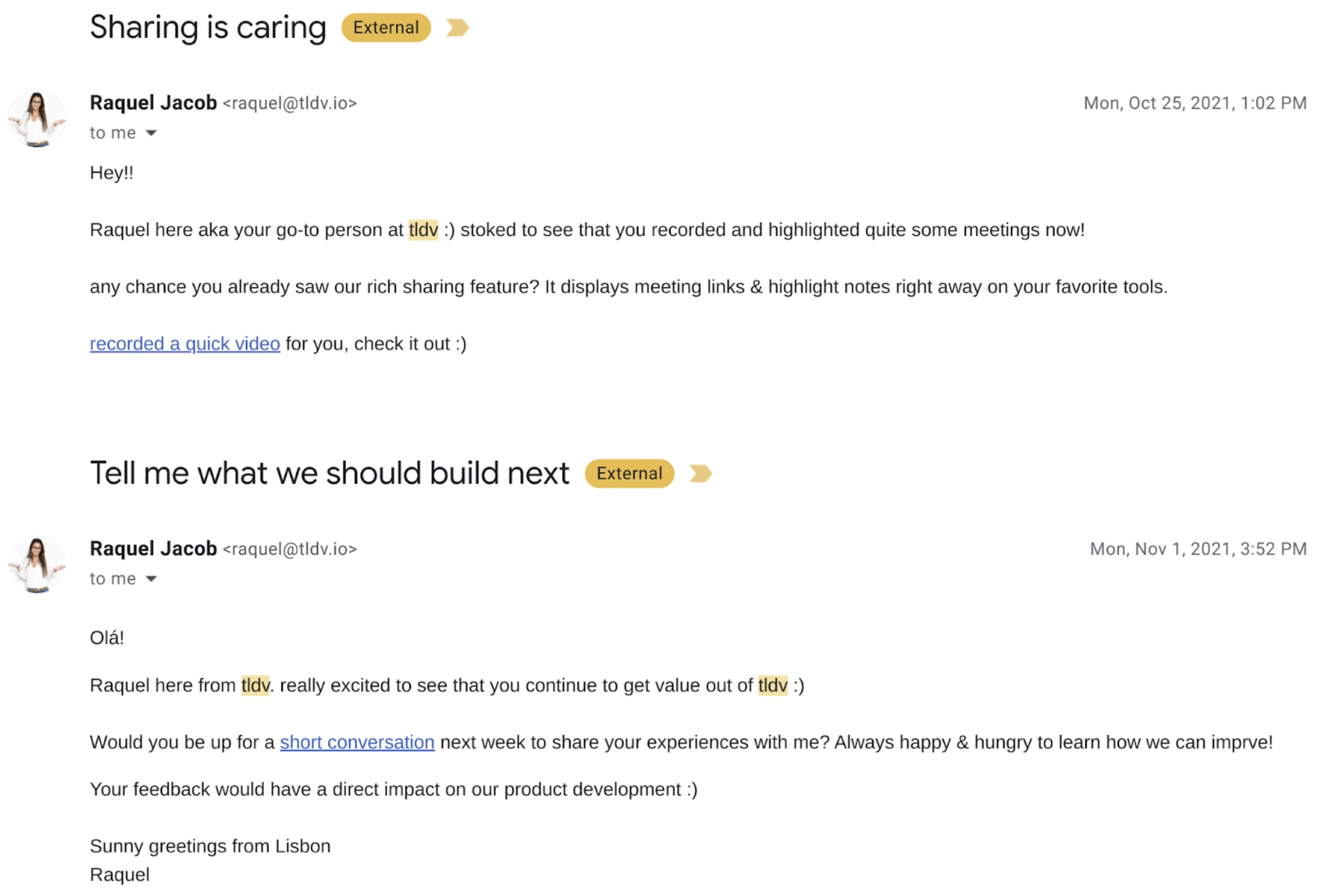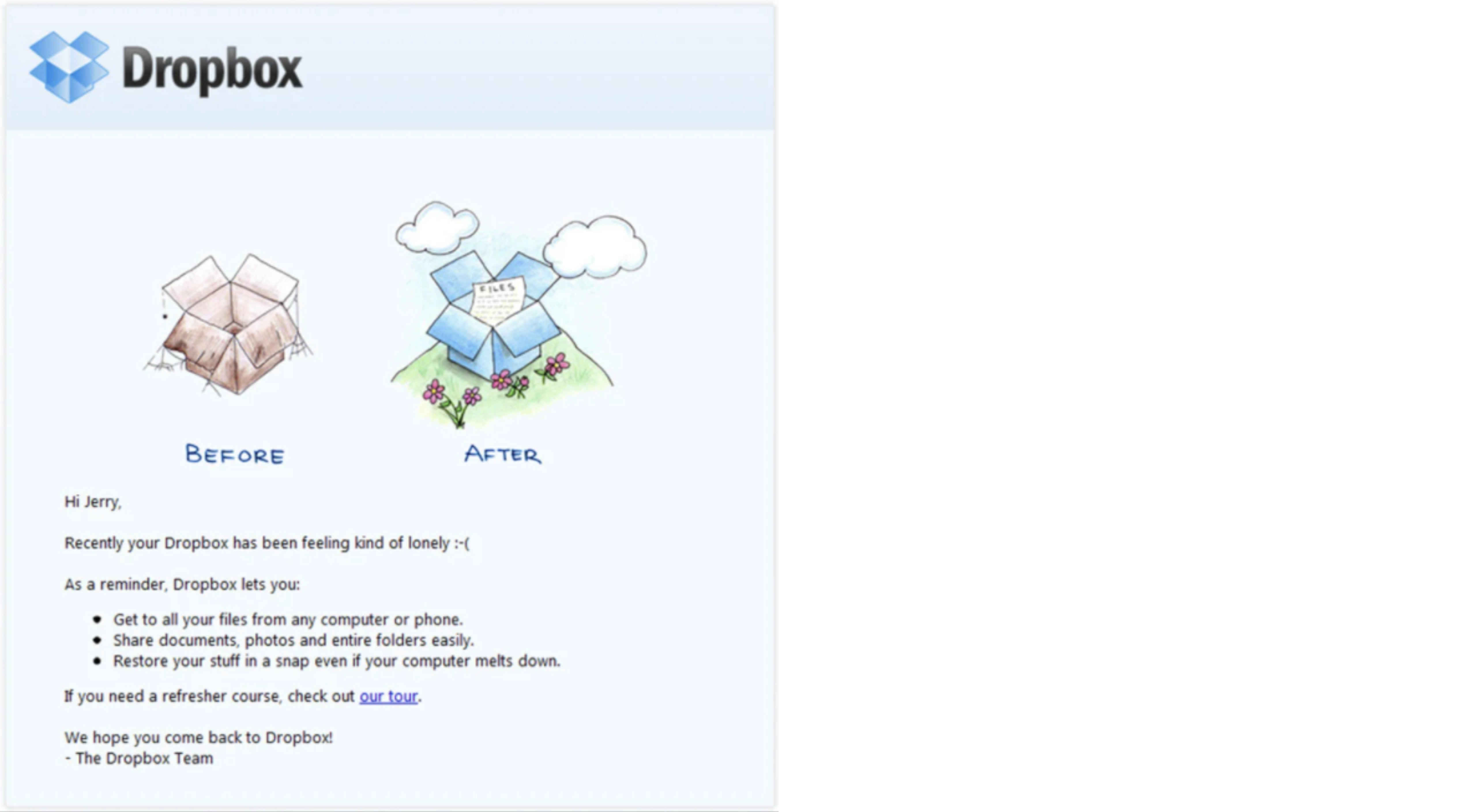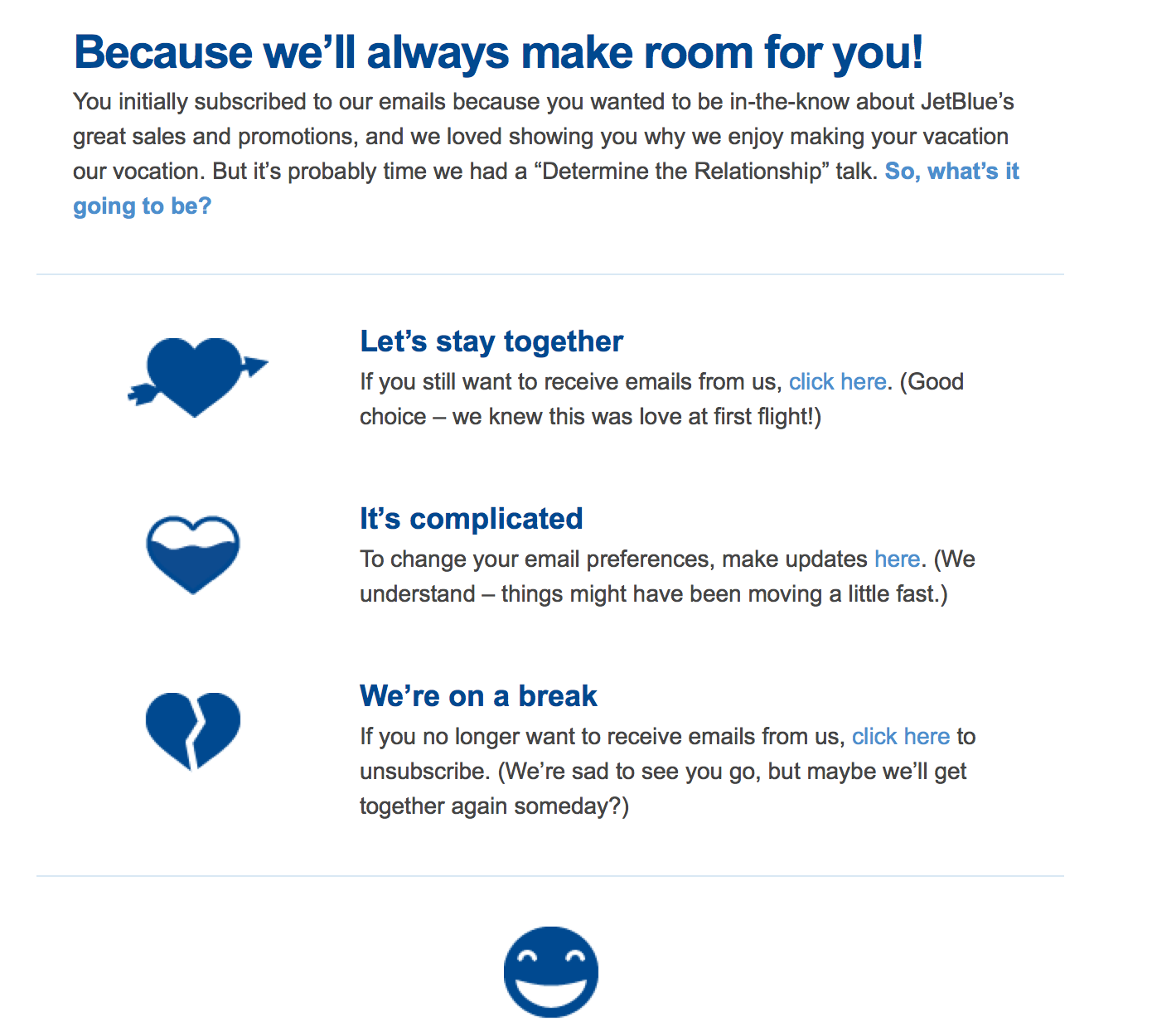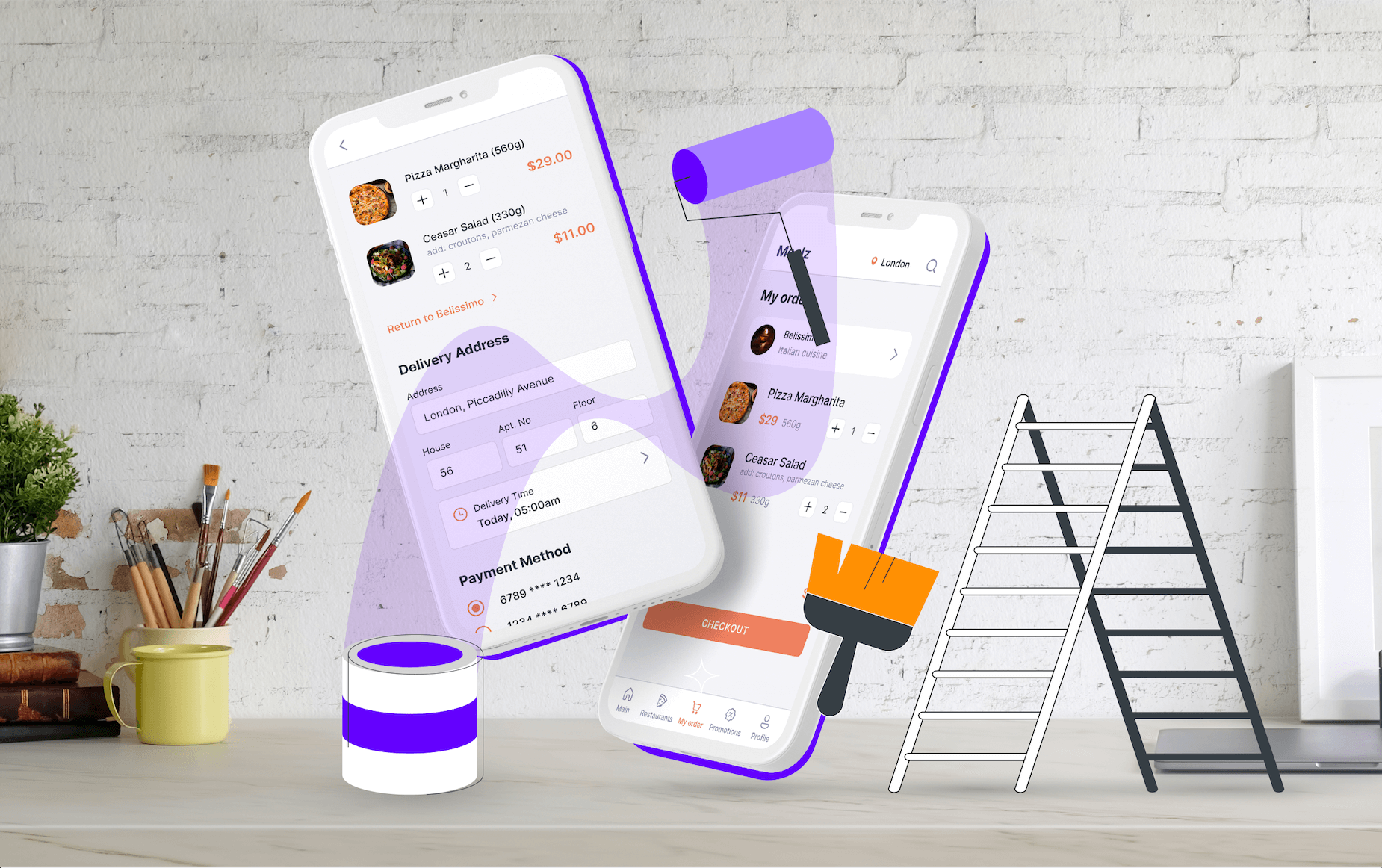The number of users subscribed to your SaaS is an important indicator of its efficiency and overall business success. However, this measure isn’t always straightforward — not all subscribers are active paying customers fully engaged with your product.
These “lost souls” who abandoned your platform by either unsubscribing formally or keeping their subscribed status as dead weight are categorized as customer churn or customer attrition.
Although you, as a business owner, have nothing to enjoy, there’s no need to make a tragedy out of this problem. It just needs your attention and effective, surgically precise actions to reduce customer churn rate. The following article shows how this is best done in the SaaS industry.
What is the customer churn rate?
The customer churn rate is the percentage of your subscribers who either canceled their subscription or took no action to extend it (or did not enable it in the case of a free trial period) over a certain period of time.

So, in other words, the customer churn rate is a metric helping to identify and measure the scope of the outflow of your service consumers in concrete quantitative terms.
Why is customer churn rate important?
Customer churn rate is connected to the other quintessential business metrics, such as customer lifetime value (LTV) and customer acquisition cost (CAC).
LTV is an anticipated total measure of the profitability of a typical user of your product as long as they use it. As it works with averages, lifetime value directly depends on the churn rate. The more inactive users you have, the lower CLV you will inevitably have.
CAC is a total measure of all costs a company spends to acquire a new customer. The connection with the churn rate is subtle but significant because, with the growing number of dissatisfied users, you will have to invest more resources in getting new clients to keep your business afloat.

By comparing these two metrics, a business owner can clearly see the real value of every new customer. By looking at the ratio on this chart, you can also anticipate when exactly a customer will become profitable and how much cash you are to spend until that point.
But if a customer becomes inactive before that long-awaited moment, all your acquisition efforts and spendings will be in vain. And as a result, the more inactive users you have, the lower your CLV is.
In this way, customer churn equals revenue churn, and therefore, keeping an eye on the number of dissatisfied customers leaving your platform is vitally important for the very survival of your company.
Moreover, many of the inactive users are potentially your most valuable customers. In this respect, the customer churn rate also gets related to the customer retention rate. This subject is explored in great detail in the next article of this guide.
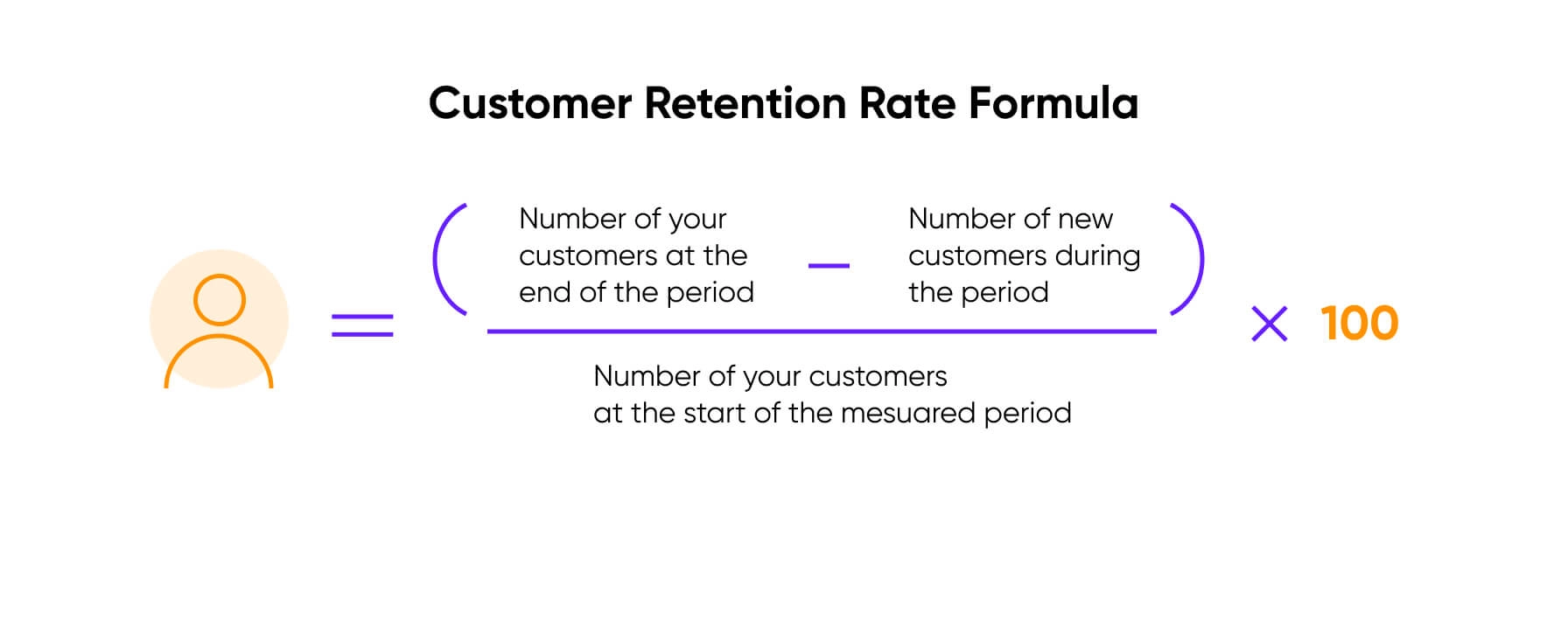
In some sense, customer churn and retention are mirror concepts. The latter identifies the percentage of those users who did not churn and continued to use your awesome product. For instance, if your churn rate is 5%, then your customer retention rate is 95%.
What is a normal customer churn rate?
A certain degree of customer churn is a normal and inevitable process. We already noted this fact in our main guide on increasing SaaS revenues.
Some first-time subscribers will fall off for personal reasons, such as:
-
subscription by mistake;
-
personal dislike of a particular UI design;
-
subjective preference for another product;
-
mismatch with your target audience segment;
-
a zero willingness to pay for anything per se.
You can say farewell to such consumers with a light heart and even be glad you need not deal with them anymore. It is not worth your time and resources.
At the same time, not all churned users belong to the above category. On the contrary, a big percentage of customers leave a platform after having bad experiences with a product.
In reality, in quite a few cases, the blame for high customer churn rates lies on companies and their oversights regarding customer service. When this indicator exceeds an average of 5%, it is most probably exactly such a situation.
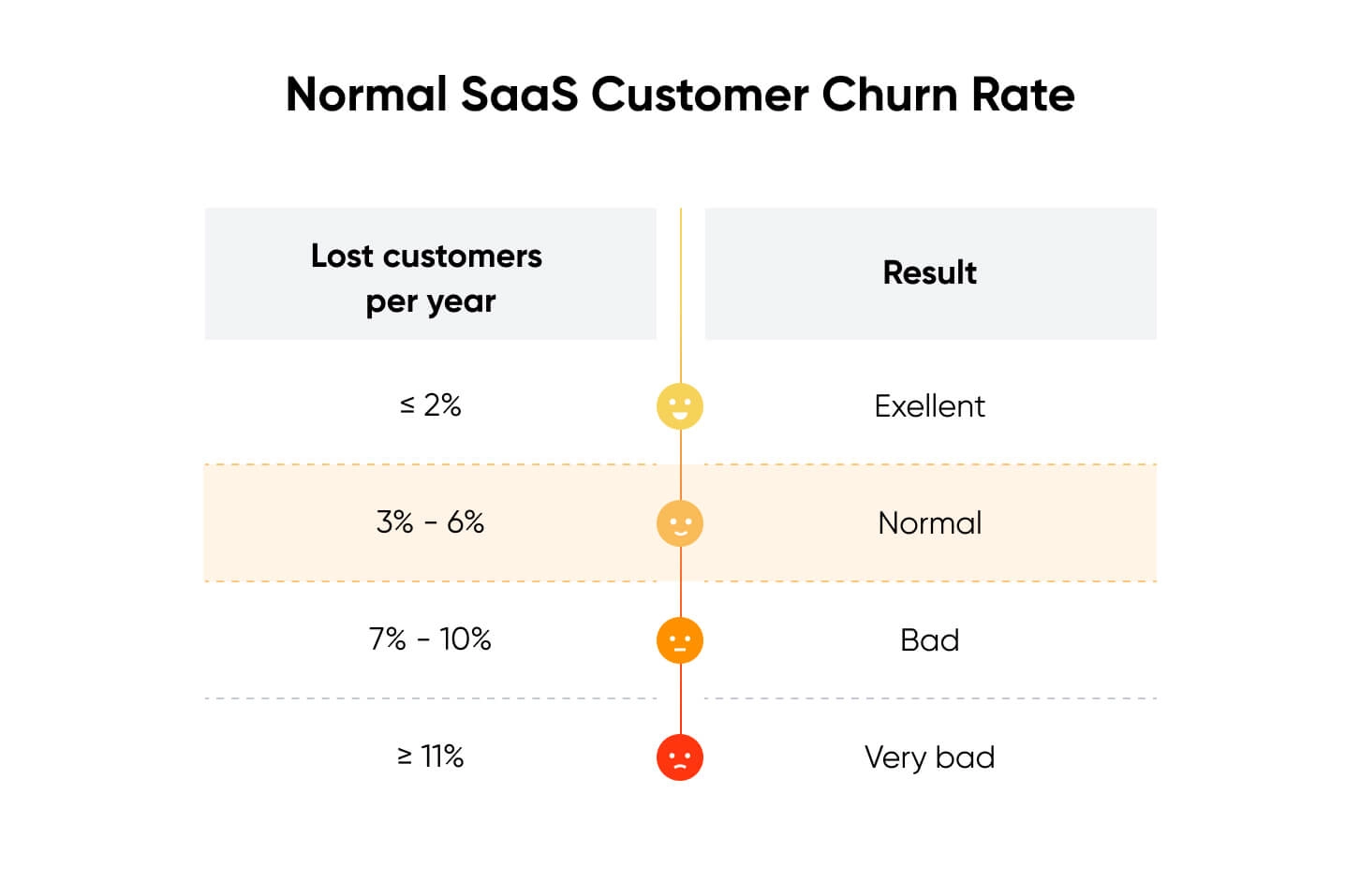
For example, this is what the team of Sidekick (later absorbed by HubSpot Sales) discovered when figuring out the reasons for discouraging churn metrics on its platform. The research revealed that most of them did not unsubscribe intentionally but just forgot about their subscription due to the dormant onboarding experience.
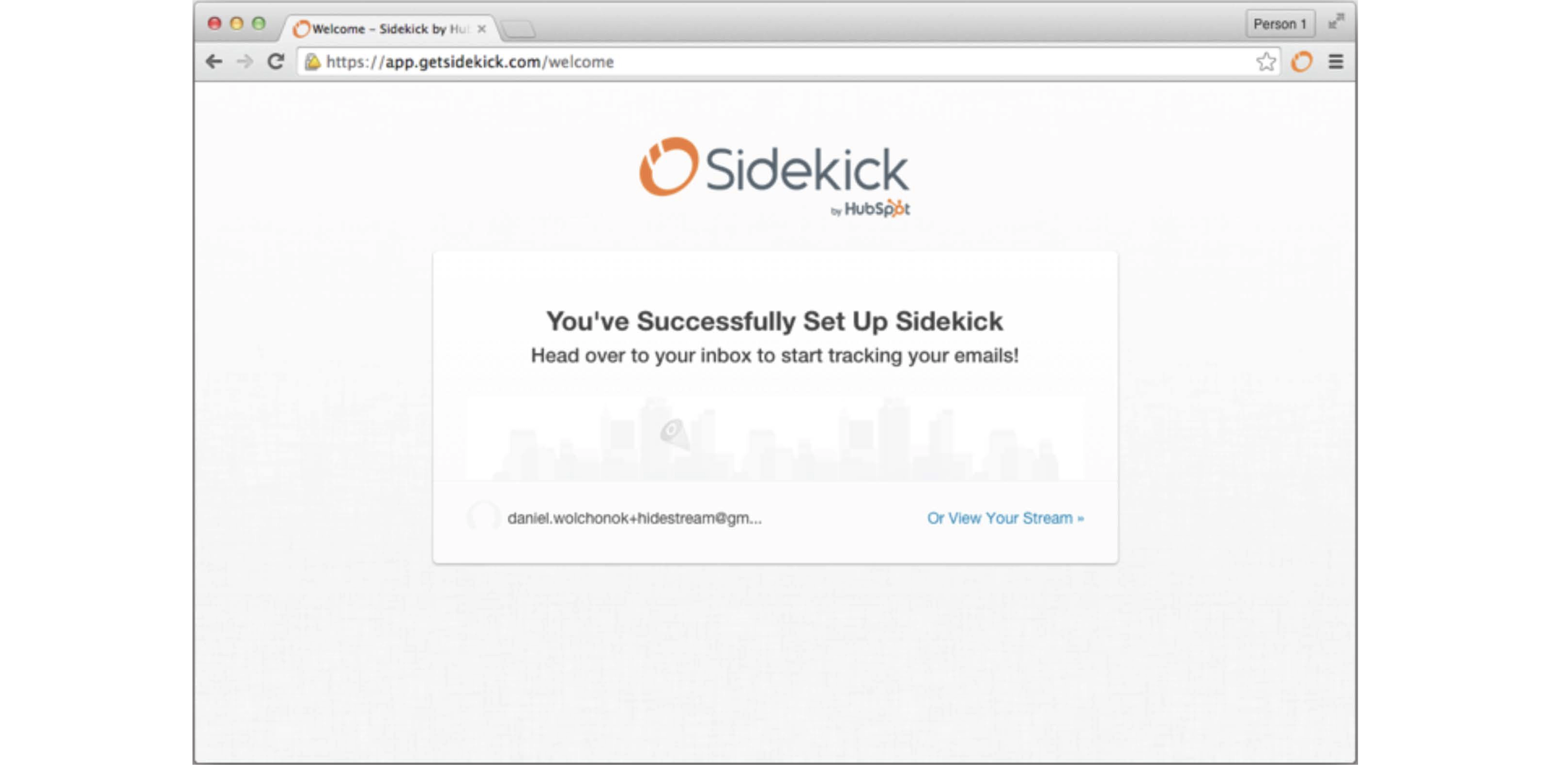
Source: Appcues
Therefore, if to find ways to detect and eliminate such omissions, you can learn how to reduce customer churn rate and receive dozens to thousands of your old users. This is, by the way, five times cheaper compared to acquiring new ones.
How to identify customer churn
The first step in the reactivation of your customers is a clear understanding of the reasons leading to excessive customer churning. When you know exactly what made your customers quit, you can distinguish areas where the process is natural, on the one hand, and “unhealthy” trends where action is required, on the other hand.

The challenge is that these reasons are not general and universally applicable to any SaaS case. They are always specific and rooted in the context of your product development and marketing strategy:
-
unwillingness to pay for your product by the freemium users. The study shows that the average purchase rate for this group is just 3.7%;
-
sub-optimal features distribution between different packages;
-
negative customer experience caused by poor user onboarding or the lack of communication.
Of course, there are also universal reasons that take their place in any company, including non-qualified users or personal issues originating in a client’s mindset or pocket.
But the trick is that universal reasons usually belong to the realm of inevitable, while exactly the specific reasons make the area where you can improve the situation.
Obviously, you cannot accurately discover these reasons with a wild guess. Only thoroughly planned research, using product analytics tools, user surveys, user testing, and other analytical techniques, can give a clear panoramic picture of the problem.
And just with this picture at hand, it makes perfect sense to proceed with proven churn reduction techniques and strategies aimed at bringing back only those inactive customers who deserve this for your mutual interest.

